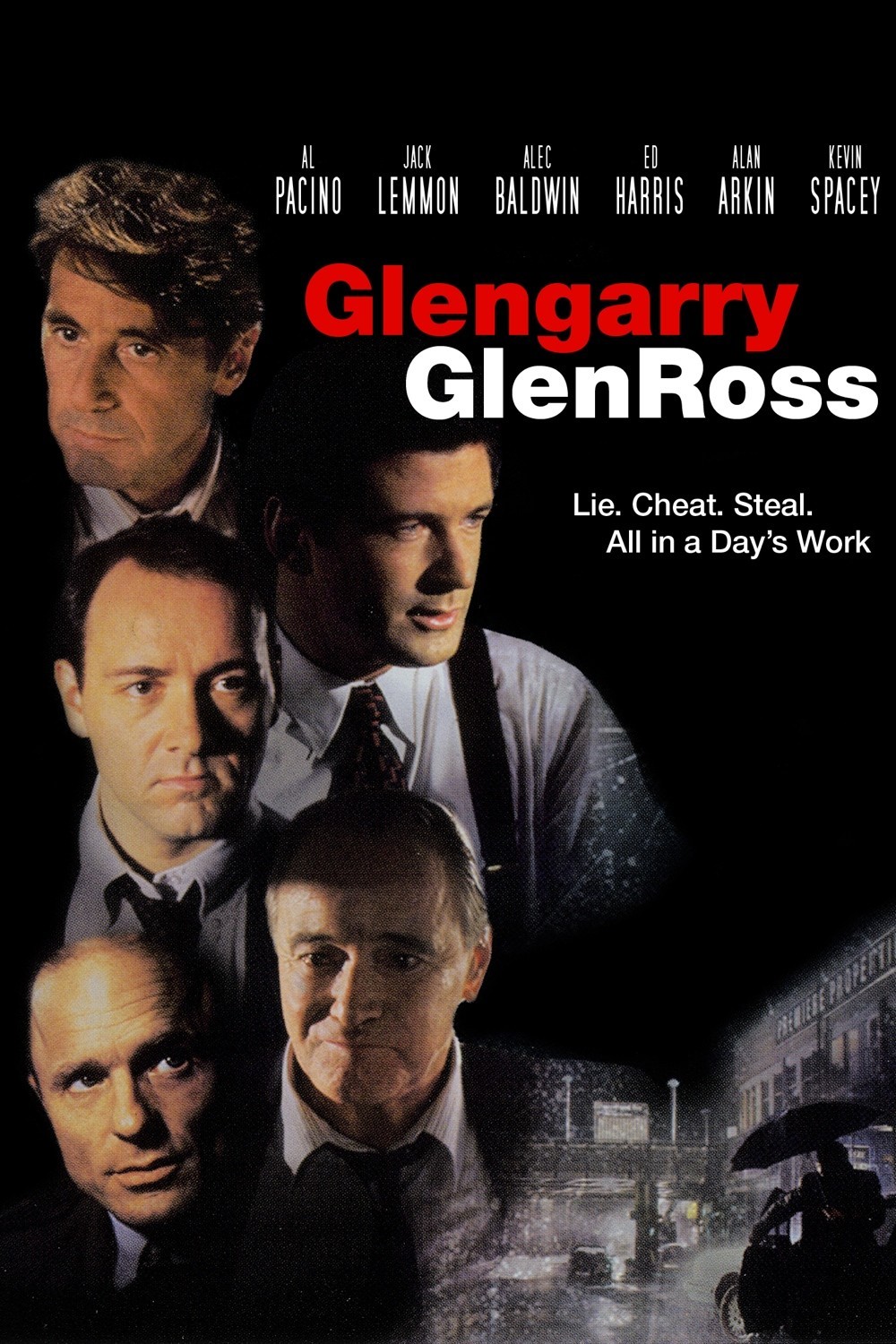In an earlier post, I discussed the challenges of focusing on calling high to obtain C-Level appointments (what I refer to as the Glen Garry leads). Most CMOs have seen this movie before. They know that not only are these C-Level leads more expensive to obtain, but they do not necessarily perform better than other types of leads. However, in my experience, trying to persuade the sales leaders to de-emphasize this approach, even when you have clear data to support your case, is not typically successful. So the best approach is to put an action plan together to generate more premium leads.
 One of marketing’s key responsibilities is to service the Sales Organization as if it was their customer. As a result, marketing needs to make a genuine attempt to pursue the priorities of sales leaders even if they are driven by instinct rather than data and analysis. Sales leaders want to know that the marketing organization is sharing their pain. If the sales team is under-performing than the marketing department should be feeling heat as well.
One of marketing’s key responsibilities is to service the Sales Organization as if it was their customer. As a result, marketing needs to make a genuine attempt to pursue the priorities of sales leaders even if they are driven by instinct rather than data and analysis. Sales leaders want to know that the marketing organization is sharing their pain. If the sales team is under-performing than the marketing department should be feeling heat as well.
Below are six best practices I would recommend for managing a lead generation program designed to get more C-Level appointments.
#1) Get Outside Help
Consider engaging an outside appointment setting firm to tackle this initiative. Compare different firms to identify one that claims to have a strong track record with obtaining C-Level appointments. The benefit of outsourcing this program is to avoid distracting and potentially demotivating your inside sales team. It may take six months or longer to “crack the code” on how to consistently obtain C-Level meetings. You don’t want your best Sales Development Reps missing quota and commissions while you trial-and-error your way through the process. You can also be assured that an outside firm will be following industry best practices gathered across many different clients and industries.
#2 Make a Gradual Transition over Time
It is unreasonable to expect the marketing organization to have overnight success transitioning to a “call high” strategy. The likelihood of marketing making this transition in 30 days is the same as the likelihood of every member of the sales team achieving 100% quota attainment next month. Put a more realistic plan in place that gradually increases the percentage of first-call appointments scheduled with C-Level executives. Set the expectation with the sales team that the transition is going to take months (if not years) to occur.
#3) Define Lead Routing Rules of Engagement
Be sure to have a “Plan B” for those accounts in which the C-Level executive is not responsive to contact attempts. Jointly define rules of engagement with the sales team that outline what happens next. Is it better to move on to another account? Or is it desirable to pursue “C minus one” or “C minus two” level contacts at accounts matching your Ideal Customer Profile? Develop a simple flow chart the outlines the decision tree for who to pursue, how many attempts to make and what next steps to take.
#4) Create a Sales-Marketing SLA
Set some goals for the program. Then measure the percentage of appointments being scheduled with C-Level executives as a percentage of your total lead volume. Ask the sales team to set goals as well that will be measured and reported upon. There should be a quantifiable and measurable benefit from getting access to higher level executives earlier in the sales process. Will the conversion rates from leads to opportunity increase? Will the velocity of deals moving the pipeline increase? Will a greater percentage of sales representatives attain their quotas?
#5) Report on the Goals and KPIs
Construct the goals into the form of a mutual sales-marketing SLA. If marketing increases the percentage of leads with C-Level executives by 10% then the sales organization should see an increased win rate of 5% within a period of 12 months. Create a dashboard to report on the performance of both sales and marketing. Schedule a monthly review between sales and marketing leadership to discuss the results and how to improve performance.
#6) Trial New Marketing Approaches
The same inbound and content marketing strategies you are using to reach mid-level decision makers may not work with the C-Suite. Think beyond “Account-Based” approaches to “Named-Executive” marketing strategies. Try sending dimensional mailers to the targets then phone the Executive Assistant to confirm receipt. Try social selling techniques to identify common interests, acquaintances or background experiences. Try sponsoring C-Level forums which guarantee one-on-one meetings with C-Level executives. Try segmenting your Lead Development Representatives by seniority of target. Have two or three LDRs that focus only on calling into C-Level to accelerate their learning curve.









